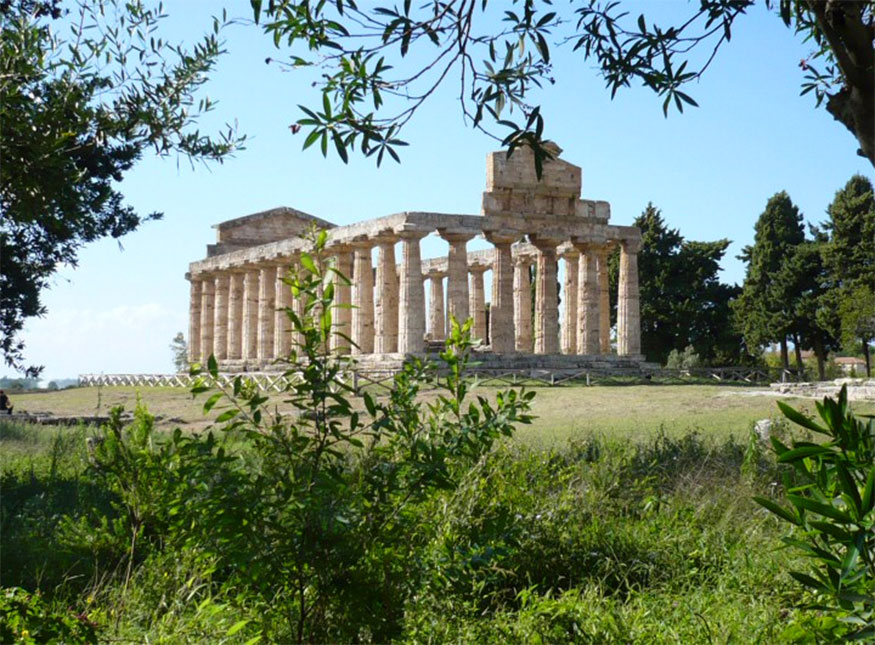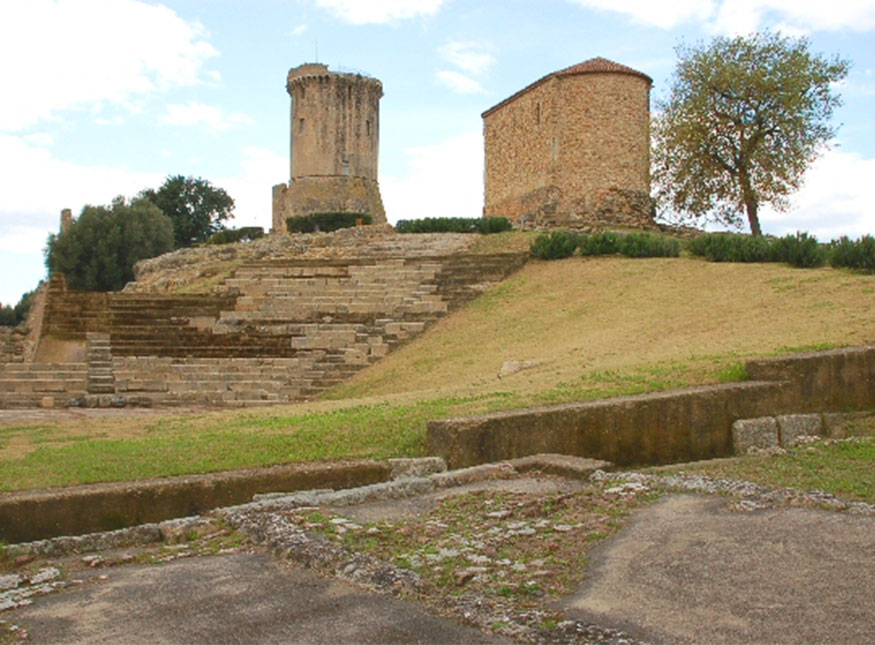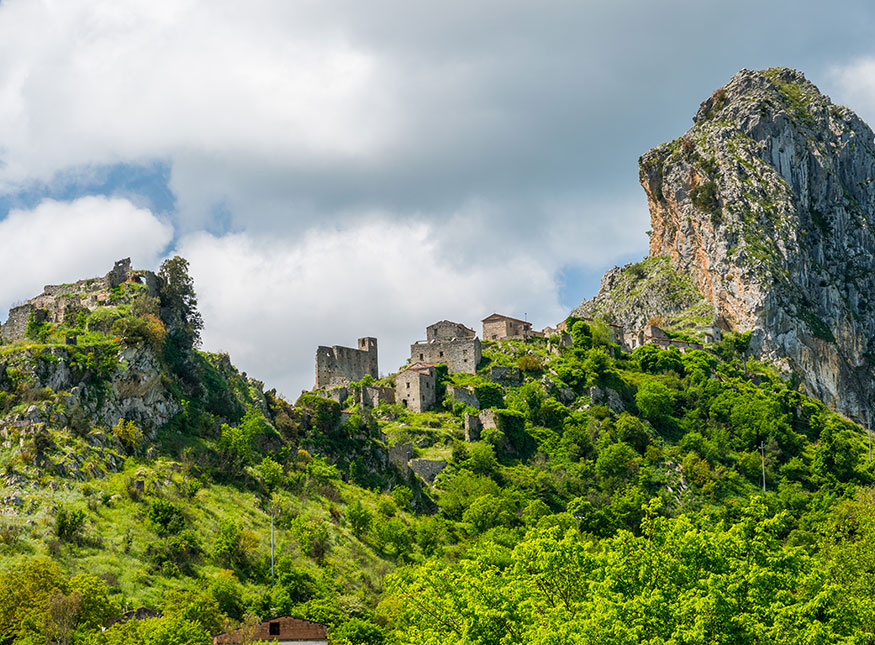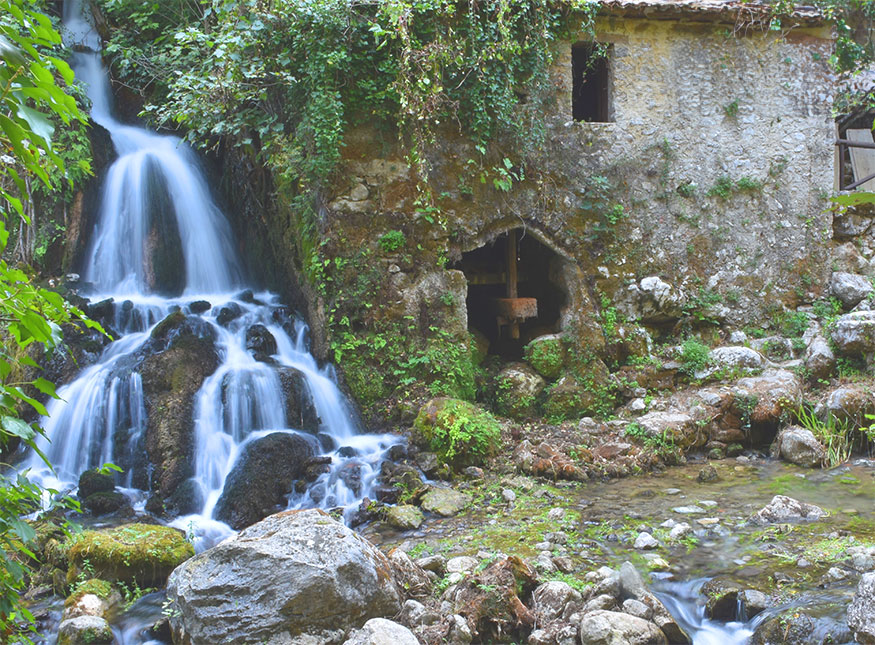02 Archeologia
Archaeological Area of the Temples of Paestum
The city was founded around the beginning of the 7th century BC by Greek colonists from Sybaris. Its favorable geographic position and rich soil made Poseidonia a place of attraction and commerce. From the second half of the 6th century BC, the center experienced exceptional economic growth, aided by the decline of Etruscan commercial activity beyond the Sele and the fall of the mother city, Sybaris. During this period, majestic monuments such as the Basilica, the Temple of Ceres, and the Temple of Neptune were built. In the 5th century BC, the Lucanians invaded the coast and the Sele plain. Poseidonia fell and was renamed Paistom. In 273 BC, the Lucanians were expelled by the Romans who founded a Latin colony, renaming it Paestum. Romanization radically transformed the city's layout with the creation of a forum and civil and religious monuments, typical of any Latin colony. Paestum's prosperity lasted until the late empire when a severe crisis hit the city, causing a significant population decline. Paestum's decline was also contributed by the Salso River, which turned the city into a swamp. Paestum became a small village around the Temple of Ceres, which was later converted into a Christian church. Subsequently, the inhabitants fled to nearby hills to escape malaria and Saracen raids, founding Capaccio Vecchio, which gained commercial and strategic importance. For many centuries, artists and poets remembered Paestum, celebrating its marvelous roses. Distance: 40 km








